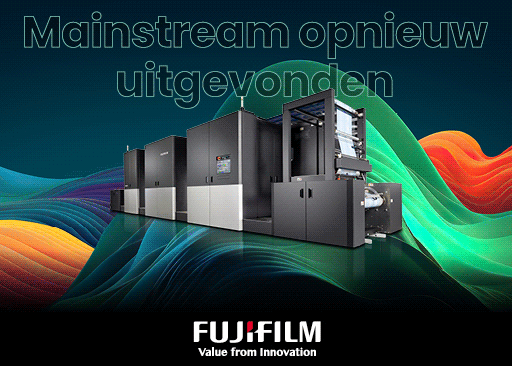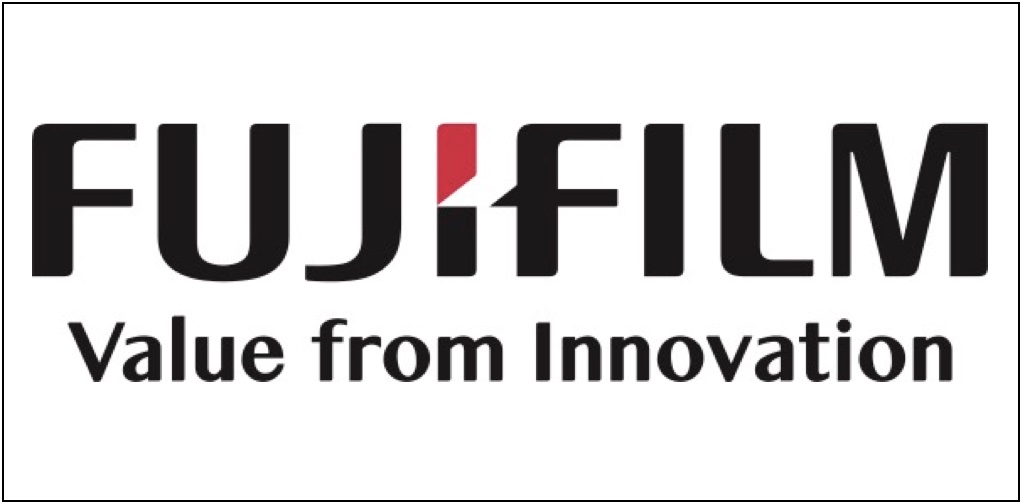Automation of finishing at drupa 2000 versus hybrid production systems at drupa 2016
 At drupa 2000 we saw the first fully automated finishing systems which used data from the digital prepress workflows to shorten make-ready times and reduce the possibilities of mistakes. Finishing was the last part in the production process which had not made this very important step. Driving force behind this improvement were not only the very necessary cost reductions, but also the trend towards smaller volumes and increasingly shorter turnaroudn times. There was a lot of interest in the black and white printers with in-line booklet makers, the complete binding lines and anything in between at drupa 2000. The phletora of paper types, finishing types and the difference in production times between print and finishing systems ask a lot of both designers and manufacturers. Add to that the fact that most independent finishing companies work for many clients and prices need to be competitive and you will understand why substantial investments are not easy. Finishers who decided to add printing to their services and printing on demand companies who wanted to be able to offer the whole process were the first customers for companies like Muller Martin, C.P. Bourg and Horizon the pioniers of automated finishing systems.
At drupa 2000 we saw the first fully automated finishing systems which used data from the digital prepress workflows to shorten make-ready times and reduce the possibilities of mistakes. Finishing was the last part in the production process which had not made this very important step. Driving force behind this improvement were not only the very necessary cost reductions, but also the trend towards smaller volumes and increasingly shorter turnaroudn times. There was a lot of interest in the black and white printers with in-line booklet makers, the complete binding lines and anything in between at drupa 2000. The phletora of paper types, finishing types and the difference in production times between print and finishing systems ask a lot of both designers and manufacturers. Add to that the fact that most independent finishing companies work for many clients and prices need to be competitive and you will understand why substantial investments are not easy. Finishers who decided to add printing to their services and printing on demand companies who wanted to be able to offer the whole process were the first customers for companies like Muller Martin, C.P. Bourg and Horizon the pioniers of automated finishing systems.
Digital printing demands in-line finishing
 The rise of Printing on Demand in 2000 meant that the last part of the printing production process received more attention from the manufacturers, and not just the traditional manufacturers. Press builders such as Heidelberg and GOS also developed finishing systems or went into business with the traditional manufacturers. Out of a pure need, because developing software connections between presses and finishing systems is even more complex than actually doing it manually. Cooperation was also needed in connecting workflow systems. From Web2Print, digital prepress to management information systems have to communicate together for an optimized automation. At drupa 2000 we saw the first steps of this, stimulated also by the standards such as Adobe Portable Job Format. There was still a long way to go to completely automated workflow systems, as we will see at drupa 2016 from manufacturers such as EFI, Agfa, HP, Heidelberg and Fuji. Not just those though, as you will see in the DIP pavilion.
The rise of Printing on Demand in 2000 meant that the last part of the printing production process received more attention from the manufacturers, and not just the traditional manufacturers. Press builders such as Heidelberg and GOS also developed finishing systems or went into business with the traditional manufacturers. Out of a pure need, because developing software connections between presses and finishing systems is even more complex than actually doing it manually. Cooperation was also needed in connecting workflow systems. From Web2Print, digital prepress to management information systems have to communicate together for an optimized automation. At drupa 2000 we saw the first steps of this, stimulated also by the standards such as Adobe Portable Job Format. There was still a long way to go to completely automated workflow systems, as we will see at drupa 2016 from manufacturers such as EFI, Agfa, HP, Heidelberg and Fuji. Not just those though, as you will see in the DIP pavilion.
drupa 2016: 1024 finishing stands
 At drupa 2016 there are a whopping 1024 stand for finishing solutions. Most will show automated systems, from guillotine lines to complete book production lines. Impressive will also be the connection between direct mail and industrial print solutions from manufacturers such as Kern and Domino. Cost price, speed and peak capacity for DM are optimised through automisation. Automisation also takes care that Big Data are correctly transformed into print productions where printing and finishing are being used to seduce consumers into buying.
At drupa 2016 there are a whopping 1024 stand for finishing solutions. Most will show automated systems, from guillotine lines to complete book production lines. Impressive will also be the connection between direct mail and industrial print solutions from manufacturers such as Kern and Domino. Cost price, speed and peak capacity for DM are optimised through automisation. Automisation also takes care that Big Data are correctly transformed into print productions where printing and finishing are being used to seduce consumers into buying.
De trainingen voor 2022 staan gereed. Kijk voor het volledige online aanbod van bestaande- en nieuwe trainingen op de website.
BLOKBOEK.COM EN PRINTMEDIANIEUWS: HET OPTIMALE DOELGROEP BEREIK




















